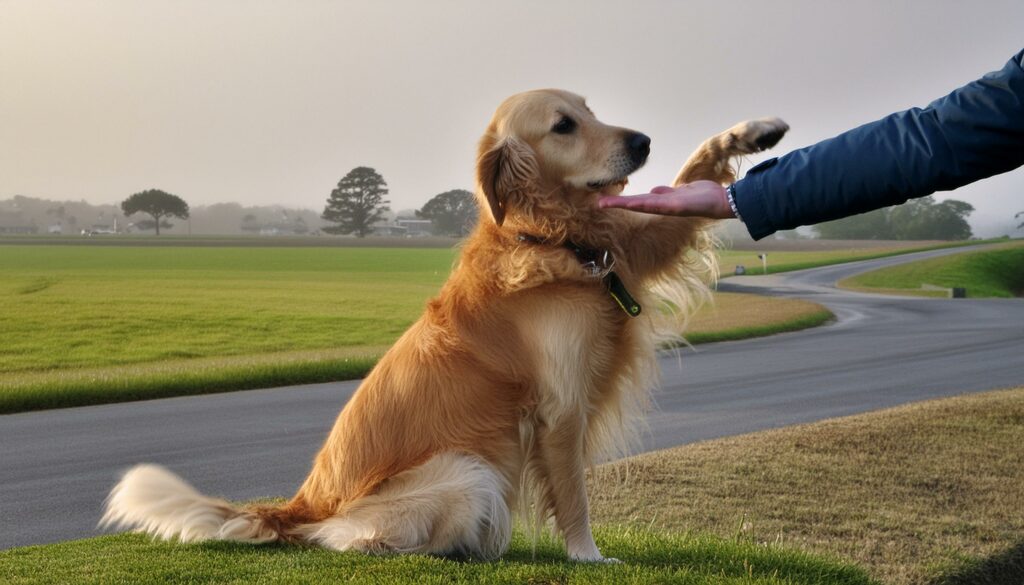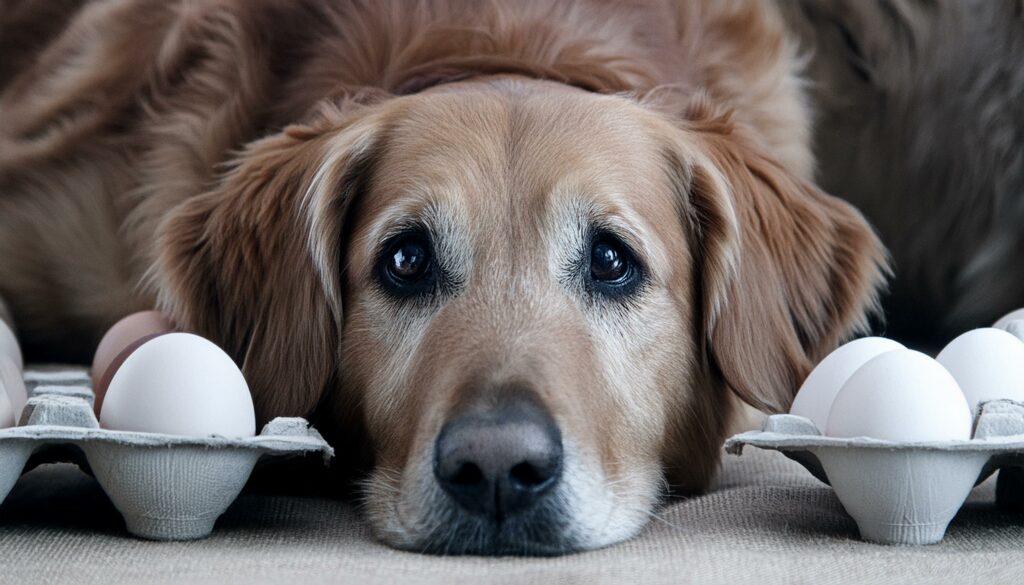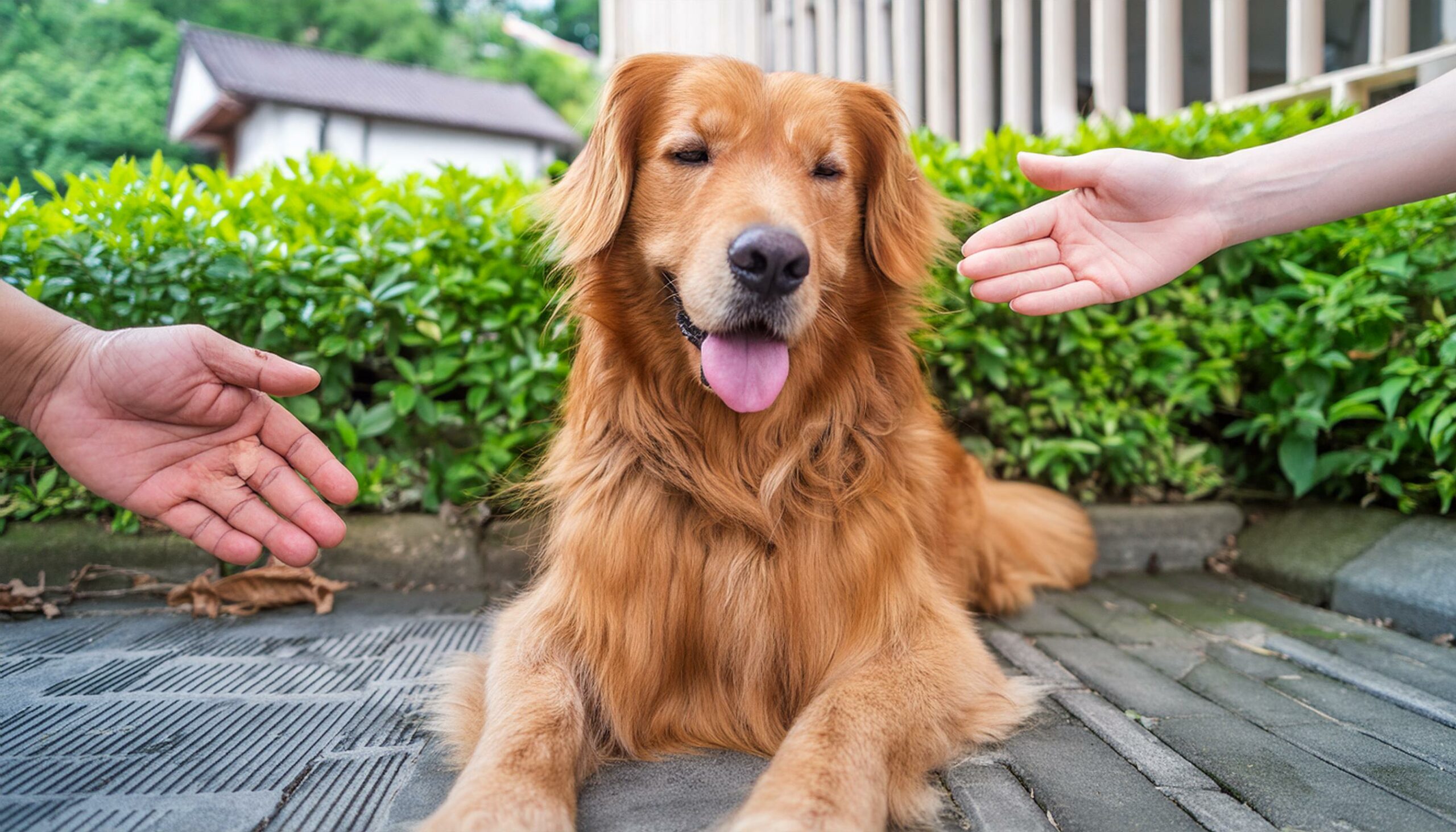Golden Retrievers are not just beloved pets; they are often considered members of the family. These friendly, intelligent dogs are known for their warm demeanor and affectionate nature. However, greeting a Golden Retriever requires more than just a friendly smile and a pat on the head. In this comprehensive guide, we’ll delve into the intricacies of greeting these wonderful creatures with respect, understanding, and consideration.
Understanding Golden Retrievers
Before diving into the art of greeting a Golden Retriever, it’s essential to understand their unique characteristics. Golden Retrievers are renowned for their friendly disposition, intelligence, and loyalty. They thrive on human interaction and are generally eager to please. Their gentle nature makes them ideal companions for families, therapy work, and various other roles.
Why Greeting Matters
Greeting a Golden Retriever properly is more than just a formality; it sets the tone for the entire interaction. A well-executed greeting establishes trust, builds rapport, and fosters a positive relationship between you and the dog. Conversely, a poorly executed greeting can lead to anxiety, fear, or even aggression, hindering the development of a healthy bond.
Body Language in Greeting
Dogs communicate primarily through body language, and Golden Retrievers are no exception. When approaching a Golden Retriever, pay close attention to their posture, tail position, and facial expressions. A relaxed body, wagging tail, and soft eyes indicate a friendly disposition, while stiff posture, raised hackles, or a tucked tail may signal discomfort or apprehension.
Approaching a Golden Retriever
When approaching a Golden Retriever, it’s important to do so calmly and respectfully. Avoid sudden movements, loud noises, or gestures that may startle the dog. Instead, approach slowly and allow the dog to initiate contact on their terms. Extend your hand palm-down for them to sniff, giving them the opportunity to assess you before proceeding further.
Respecting Boundaries
Every dog has its own comfort zone and boundaries, and it’s crucial to respect them during greetings. If a Golden Retriever seems hesitant or wary, give them space and avoid imposing yourself on them. Respect their personal space and allow them to approach you when they feel comfortable doing so.
Proper Techniques for Greeting

When greeting a Golden Retriever, it’s important to use gentle and non-threatening gestures. Crouch down to their level to appear less intimidating and offer the back of your hand for them to sniff. Avoid making direct eye contact, as it can be perceived as confrontational or threatening. Speak softly and use a calm, soothing tone to convey friendliness.
Building Trust
Trust is the foundation of any relationship, and it’s no different when it comes to interacting with Golden Retrievers. Consistent, positive interactions help build trust over time. Offer treats, praise, or affection to reinforce good behavior during greetings, and avoid actions or behaviors that may erode trust or cause fear.
Socialization
Early socialization plays a crucial role in shaping a dog’s behavior, including their ability to greet others politely. Expose Golden Retrievers to a variety of people, animals, and environments from a young age to help them feel more comfortable and confident in social situations.
Training for Proper Greeting
Basic training can go a long way in teaching a Golden Retriever appropriate greeting behavior. Use positive reinforcement techniques to encourage polite interactions, such as sitting calmly when meeting new people or other dogs. Consistency and patience are key to successful training.
Common Mistakes to Avoid
When greeting a Golden Retriever, there are several common mistakes to avoid. These include approaching too quickly or aggressively, looming over the dog, or petting them on the head without permission. Respect their boundaries and be mindful of their comfort level at all times.
Patience and Consistency
Building a strong bond with a Golden Retriever takes time, patience, and consistency. Be patient with them as they adjust to new situations and environments, and remain consistent in your approach to greetings and interactions. With time and effort, you’ll develop a deep and meaningful connection with your furry friend.
Recognizing Signs of Discomfort

It’s important to be able to recognize signs of discomfort or stress in Golden Retrievers during greetings. These may include trembling, lip licking, yawning, or avoiding eye contact. If you notice any of these signs, give the dog space and refrain from further interaction until they feel more at ease.
Positive Reinforcement
Positive reinforcement is essential for encouraging and reinforcing desired behavior during greetings. Reward calm, friendly interactions with treats, praise, or affection, and avoid punishing or scolding them for mistakes. By focusing on positive reinforcement, you’ll create a positive association with greetings and strengthen your bond with your Golden Retriever.
Conclusion
Greeting a Golden Retriever may seem like a simple task, but it requires patience, understanding, and respect. By following proper etiquette, observing their body language, and using gentle, non-threatening gestures, you can establish a strong bond based on trust, mutual respect, and affection.
FAQs
How should I approach a Golden Retriever I’ve never met before?
Approach slowly and calmly, allowing the dog to sniff your hand before attempting to pet them.
What if a Golden Retriever seems hesitant or fearful during greeting?
Respect their boundaries and give them space, allowing them to approach you on their terms.
Is it okay to hug a Golden Retriever when greeting them?
While some dogs may enjoy hugs, many find it uncomfortable or threatening. It’s best to avoid hugging unfamiliar dogs.
Should I let my children greet Golden Retrievers on their own?
Always supervise interactions between children and dogs to ensure safety and proper behavior.
How can I help my Golden Retriever become more comfortable with greetings?
Gradually expose them to new people and situations, using positive reinforcement to reward calm and friendly behavior.
